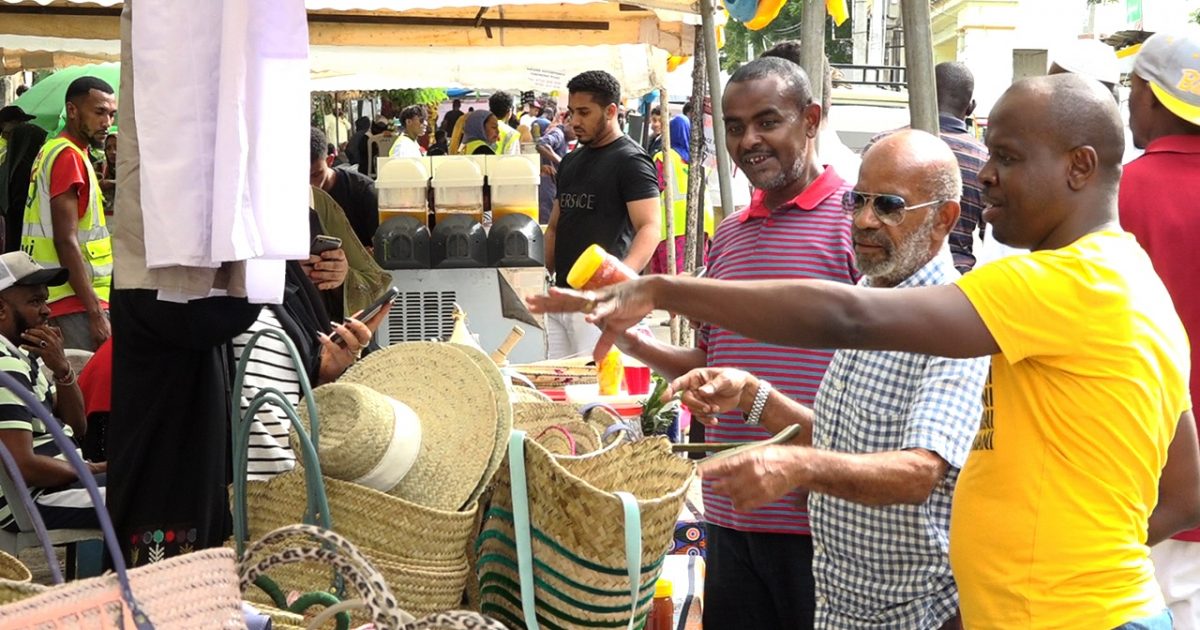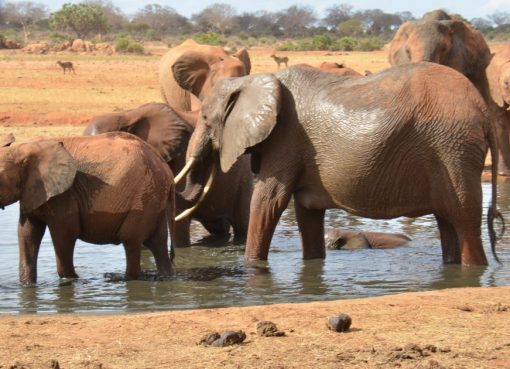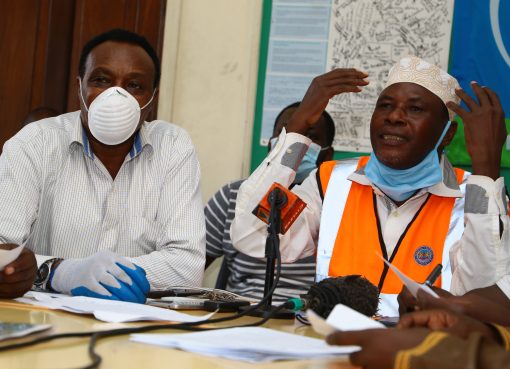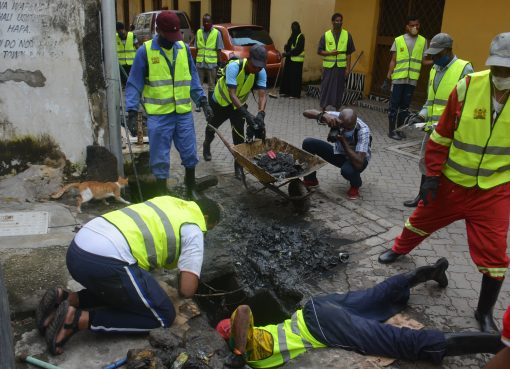Celebrations to mark World Swahili Language Day that kicked off in Mombasa on July 7-9 concluded successfully at the weekend amid much fanfare.
The ambitious second Swahili festival ran under the auspices of ‘Swahili for Peace, Cohesion and Integration’.
The three-day festival to celebrate the Swahili language, culture, calligraphy and heritage in the coastal city organized by the National Museums of Kenya was hailed as a success by stakeholders.
In recognition of Swahili’s vital role in promoting cultural diversity and fostering dialogue, the 41st session of the General Conference of UNESCO in 2021 proclaimed July 7 of each year as World Kiswahili Day.
Swahili is among the 10 most widely spoken languages in the world, with more than 200 million speakers mostly in Africa and the Middle East.
Swahili is the first African language to be recognized in such a manner by the UN and calls were made for the people to embrace the beauty of Kiswahili and celebrate its shared heritage.
Kiswahili is a Bantu language with Arabic influences dating from the contacts of Arabian traders with the inhabitants of the East Coast of Africa over the centuries.
The festival attracted local and international tourists, celebrated Swahili arts, cuisine, handicrafts, henna paintings, poetry, music and literature.
The events held at Fort Jesus, Swahili Pot Hub and Mama Ngina Waterfront Park were officially opened by the Cabinet Secretary for Wildlife, Tourism and Cultural Heritage Peninah Malonza.
CS Malonza said the language festival is expected to help in the long run in reviving the treasured Swahili culture, cuisine, arts and crafts for posterity.
Stakeholders contend that the annual Swahili language festival dedicated to celebrating and preserving the Swahili culture would further enhance Mombasa’s holiday reputation among the domestic and international visitors who flock the coastal city during the Christmas and New Year holidays.
At the close of the festival on Sunday, Swahili Heritage Training Institute Coordinator Khalid Kitito estimated that about 50,000 domestic and foreign visitors thronged Mombasa for the festival.
“The three-day festival that brought together Swahili speakers and enthusiasts was incident-free and safe and was enjoyed by all who attended it,” he said during an interview with KNA.
He went on, “the turnout was splendid as visitors from all cultural backgrounds experienced the beauty of the Swahili language, culture, heritage, architecture and cuisine.”
Kitito says the festival provided an opportunity for Swahili speakers and enthusiasts to come together to network and celebrate their shared love for the language and culture.
He said he was happy to see people from different backgrounds participate at the festival, contending that the ceremony offered tourists the opportunity to explore the Kenyan coast and discover what makes it tick.
“This annual Swahili event will go a long way in sustaining the unique cultural heritage of the coastal communities,” he said, calling for accelerated use of the language.
Kitito, an expert in Swahili culture, says the annual festival is not only useful for promoting tourism but also for bringing integration among diverse communities in Kenya and beyond.
A cultural enthusiast Ms. Amira Msalem said the Swahili food on display included pilau, samosa, mandazi, mishikaki, samaki wa kupaka among other delicious dishes.
On the henna paintings, Msalem says it is very common in the Swahili culture for women especially to use henna for different ceremonies like weddings.
Chairman of the Swahili Development Initiative Alawy Abzein says the original dialects of Kiswahili are fast getting lost and the festival was a good way of reclaiming and reviving them.
He says Swahili culture is a fusion of influence from Arabia, Persia and India which came during the Indian Ocean Trade when Arabs, Persians and Indians would sail across the Indian Ocean to the East Coast of Africa for trading purposes.
Abzein says there are three important dialects of Kiunguja, spoken in Zanzibar and in the mainland areas of Tanzania; Kimvita, spoken in Mombasa and other areas of Kenya; and Kiamu, spoken on the Island of Lamu.
“The Swahili festival created a sense of unity and brotherhood among Kenyans of different cultures as they come together to celebrate the time tested Swahili heritage and traditions,” said Abzein.
He says the Swahili people are found along the coasts of Kenya, Tanzania, Somalia and Mozambique.
He says deliberate efforts should be made to promote Swahili language which he noted is now spoken and taught in many African countries.
By Hussein Abdullahi





